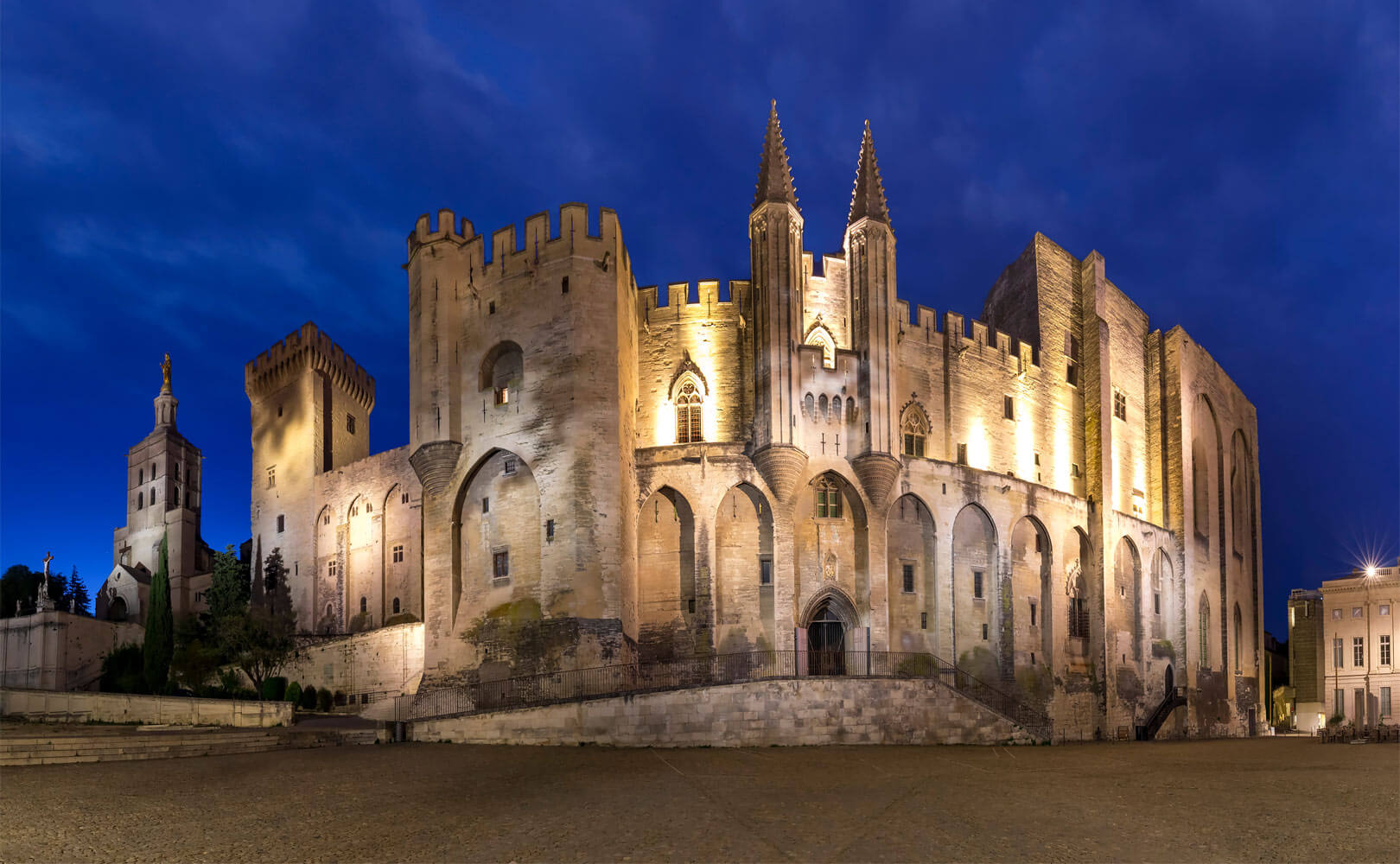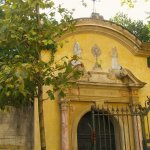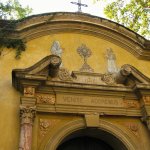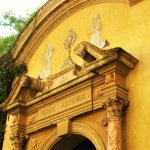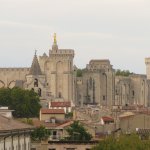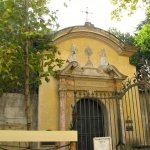“Of all the sacred mysteries bequeathed to us by Our Lord and Saviour—there is none more comparable to the most holy Sacrament of the Eucharist; so, for no crime is there a heavier punishment to be feared from God than for unholy or irreligious use by the faithful of that which is full of holiness—which contains the very author and source of holiness.” (The Roman Catechism)
This belief in the Eucharist is a timeless understanding held by Catholics around the world. And yet we have Bishop Batzing, President of Germany’s Bishop’s Conference, saying in a recent online conference that “anyone who is Protestant and attends Communion can receive Communion.” He was referring to an ecumenical event to take place in the country on May 15.
To which we want to shout out: “Bishop Batzing, read your Catechism!”
The bishop of Limburg, Germany, further added to the discussion. “This is nothing new,” he said. “The practice has been maintained up and down the country.” It seems Bishop Batzing is a little too concerned about his Protestant friends’ sensibilities: “We want to take steps toward unity,” he said
The matter of pro-abortion politicians receiving Communion is also in the news: Archbishop Cordileone of San Francisco said in his recent pastoral letter that politicians who reject church teaching on abortion should not receive Communion. It appears that the USSCB, as well, will be discussing this contentious issue at their June meeting.
And one wonders: to what length would Our Lord go to protect His most Holy Sacrament from such sacrilege?
Or even from natural disasters! We have an inkling of this second query: a historical and miraculous event that occurred over five hundred years ago in the city of Avignon, France.
When Catholics hear the word “Avignon,” they automatically think of “The Avignon Papacy,” a time when a series of seven popes (all French, and all under the French crown) resided, not in Rome, but in Avignon, France. This phenomenon lasted from 1309 to 1377.
The city has been described as “one of the most fascinating towns in southern France” and was designated a UNESCO HERITAGE SITE in 1995. Dominating the landscape is the monumental “Palais des Papes,” the Palace of the Popes which was built in the 14th century to house the popes and their retinue (see the image at the top of this article). The city is teeming with tourists and they all seem to be visiting the Papal Palace, at the same time! At least that was my experience when I visited there.
But a few blocks away one can walk along a sleepy, leafy street and find the church of The Holy Cross, the site of one of the most stunning Eucharistic miracles in church history.
To understand the miracle more fully, one must go back to the time of the Albigensian heresy, which originated in Albi, France and swept through the southern part of the country in the 12th and 13th centuries. It was a heresy which condemned all of the sacraments, especially Marriage and the Eucharist. It attacked the physical presence of Jesus in the Eucharist with particular ferocity. Believing all flesh (all matter) to be evil, it actually recommended suicide and sexual immorality. Pope Innocent lll believed the Albigensians to be “worse than the Saracens.” Other church leaders said that it was not so much a Christian heresy, as it was an “extra-Christian” religion. Condemned by the Council of Toulouse in 1119, it all but disappeared in the 14th century.
In the year 1226, however, the Albigensian sect was gaining in numbers, particularly in the area of Avignon. The King of France at the time, King Louis VIII, a fervent Catholic, was outraged by the attacks on the Holy Eucharist. He was the father of King Louis IX who was the only King of France to become a canonized saint.
In atonement for these sacrileges King Louis VIII decided to build a church in Avignon near the Sorgue River, in honour of the Blessed Sacrament.
On the feast of the Holy Cross, on Sept. 14, 1226, he wanted public reparation to be made in the form of a Eucharistic procession around the entire city. The king, adorned in sackcloth with a rope around his waist, led the procession. The Blessed Sacrament was then exposed throughout the night and for several days and nights afterward. The bishop then declared that perpetual adoration should be permanent in that church. The church was placed under the care of the Grey Penitents of the Franciscan Order. And, in that church, perpetual adoration of the Holy Eucharist lasted for two hundred years!
It was after these two centuries that the stupendous miracle occurred: On Nov. 29 and 30, 1433, heavy rains poured down on the city of Avignon. Never had the city seen such flooding! And the Sorgue River, which runs by the town, overflowed its banks.
The friars were so concerned about the Blessed Sacrament that they rowed their boat in frantic haste to the church. They were sure that the church had been inundated! Inside the church the waters rose to a level of four feet! However, to their utter astonishment, the waters had accumulated on both sides of the church, making a clear path through the centre of the church. The Eucharist was unharmed! The area surrounding the altar was completely dry and the friars were able to rescue the monstrance containing the Blessed Sacrament.
The miracle echoes the parting of the Red Sea, one of the most dramatic miracles in the Bible. As the friars prayed before the Blessed Sacrament, they recited the words from Exodus:
“Then Moses stretched out his hand over the sea, and the Lord swept the sea with a strong east wind throughout the night and so turned it into dry land. When the water was thus divided, the Israelites marched into the midst of the sea on dry land, with the water like a wall to their right and to their left.” (Exod. 14: 21-22)
All of the friars and hundreds of the townspeople rushed to the church to witness the miracle. Testimonies were recorded in the Franciscan register which is preserved in the church to the present day. The church is closed to the public daily but is open on the 30th of each month, to honour the Eucharistic miracle. At this time the friars process down the centre aisle of the church, on their knees, to commemorate the wondrous event.
And one must ask: If Our Lord caused such a stupendous miracle to preserve the precious Blessed Sacrament from a natural disaster what might He do to preserve the Eucharist from a sacrilegious disaster?
Bishop Batzing, are you listening?

